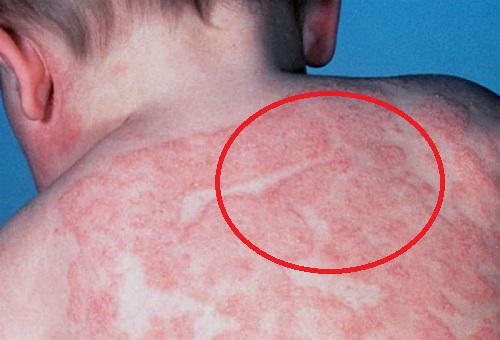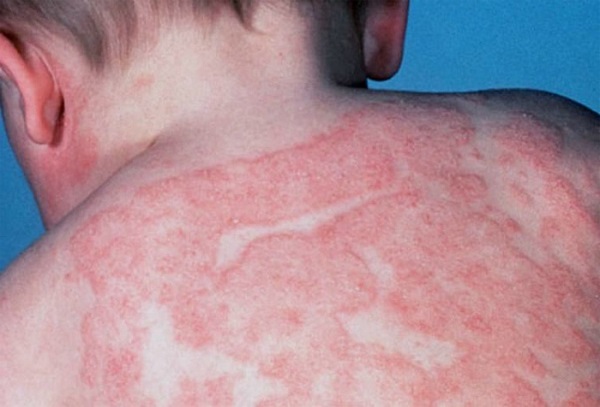Psoriasis in Children | What YOU MUST KNOW!
Psoriasis in Children.
Psoriasis in children often looks like chickenpox, but it is actually psoriasis on the skin.
 |
| Psoriasis in Children |
Besides being ugly, psoriasis is painful and itchy. Fortunately, unlike chickenpox, the disease is not contagious. Sometimes all a child needs are moisturizers and emollients to control their psoriasis.
For more severe cases a dermatologist may be required to offer stronger forms of treatment, such as tablets and ultraviolet light.
Identification.
Psoriasis is a common skin disease associated with the immune system. It is characterized by frequent reddening of the skin, itching and thick, dry silver scales on the surface of the skin. While normal skin cells mature, the skin surface fall is in 28 to 30 days, the skin affected by psoriasis only takes three to four days to mature moving to the surface. Cells that accumulate form lesions. This causes the skin to redden due to increased blood flow.
Psoriasis plaque.
Plaque psoriasis is the most common psoriasis in children. Plaque psoriasis usually affects a child's lower back, elbows, and knees. Other areas that may be involved in childhood psoriasis are the scalp, face and areas of the armpits, groin and behind the knees.
Psoriasis guttata - Psoriasis in Children.
Guttate psoriasis is typically seen in children and adolescents, usually after a throat infection. It is seen as a generalized rash consisting of small scaly patches that measure up to one centimeter in diameter.
These spots usually affect the limbs, trunk, and scalp. Although guttate psoriasis usually goes away, it can take weeks or even months to heal.
Causes.
Although it is uncertain what exactly causes psoriasis in children, it is believed that genetics can be a factor as about 30 percent of patients have a family history of the disease. However, a trigger is still needed to develop psoriasis, despite possible genetic alterations.
Examples of triggering factors are skin lesions (such as insect bites or scratches), strep throat infections, emotional problems, stress, and puberty.
Treatment Options FOR Psoriasis in Children.
Moisturizers and emollients are essential in the treatment of psoriasis, as they help to soothe and moisturize a child's skin. There are several ointments and lotions to choose from, including bath oils, creams, ointments and lotions that are added directly to the skin.
Other creams and ointments may include vitamin D analogues, coal-based applications, dithranol, and topical steroid treatments.
Tips on how to get the disease in a child!
Children have difficulty coping with the disease, as do adults. However, they should be encouraged to follow a normal life as much as possible. You should wear comfortable clothing and cotton underwear. School-age children may carry small bottles of moisturizers that can easily fit in a backpack or handbag so they can relieve symptoms while they are away from home.
Teachers should be sure that the condition is not contagious, and be prepared for when a child needs time out of class for any dermatology appointment.
Misconceptions for the psoriasis in childrens.
Misconceptions about psoriasis that can cause a child to suffer emotionally, as well as physical. For example, it is a myth that disease is caused by poor diet. Other myths that need correction are that psoriasis is due to an abnormal personality or by not staying clean. In other words, children should be sure that the disease is not their fault.
To know the method that helped me fight psoriasis, I advise you to read my review on Psoriasis Revolution.
psoriasis baby back, psoriasis child elbow, psoriasis baby head, psoriasis baby legs.



Comments
Post a Comment